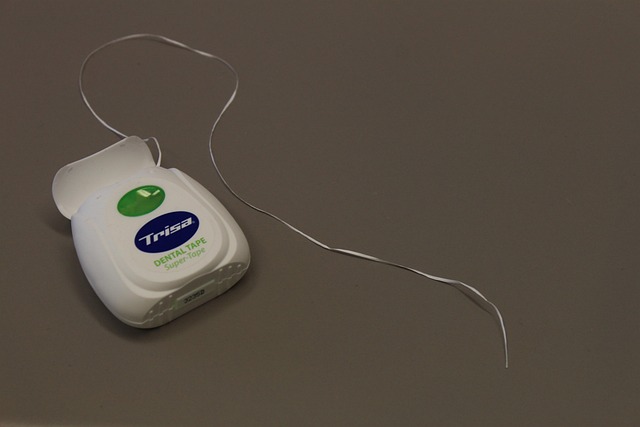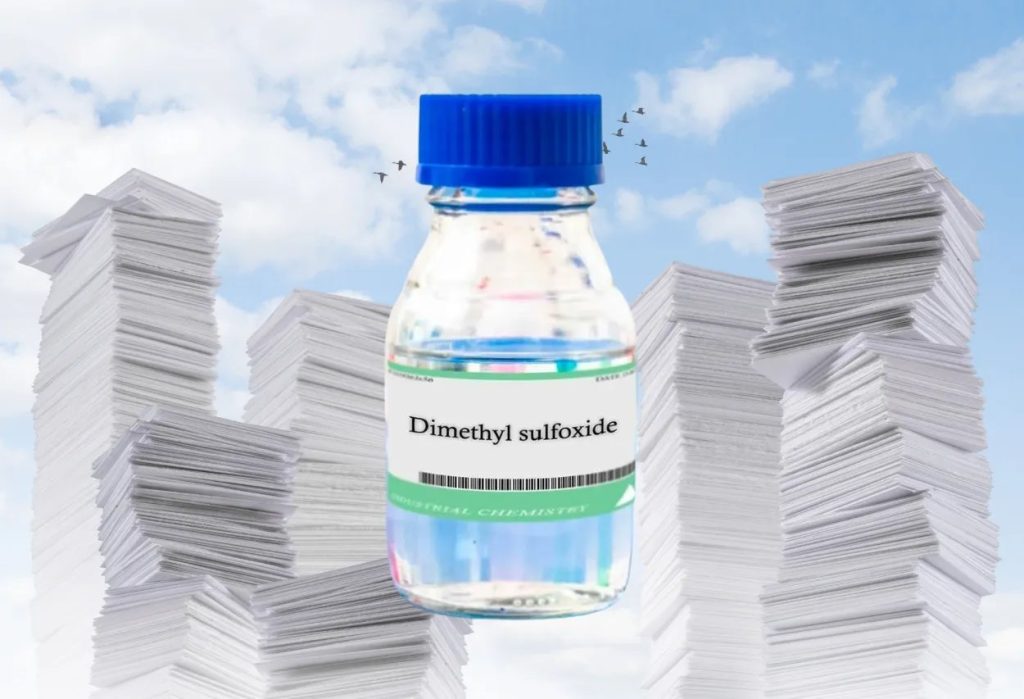
That cheerful yellow-and-green dish sponge you use every day looks harmless, but it’s usually made from synthetic polymers that shed microplastics and leach chemicals. These particles and additives are increasingly being found in human tissues — and early research suggests they may contribute to inflammation, cardiovascular issues, and cognitive decline.
What Your Yellow Sponge Is Really Made Of
Most conventional kitchen sponges are made from petroleum-based materials like polyurethane, polyester, or nylon. Every time you scrub, rinse, or squeeze them, they shed tiny plastic fragments. These particles flow down the drain, get into the environment, and can potentially end up in human bodies.
Toxic Additives You Never Signed Up For
Beyond the plastic itself, many sponges contain dyes, stabilizers, antibacterial coatings, and other chemical treatments. Heat, friction, and detergents accelerate the release of these substances. Over time, this can contribute to an increased chemical load inside homes — especially in items used daily around food.
How Microplastics May Affect Your Body
Microplastics and nanoplastics have already been found in human organs, bloodstream, and even brain tissue. Studies show they can trigger inflammation and oxidative stress — processes closely linked to heart disease and neurodegenerative conditions like dementia. While research is ongoing, the direction is concerning enough to warrant reducing exposure wherever possible.
Polyester: Another Hidden Source of Microplastic Exposure
Polyester — found in clothes, cleaning cloths, and even parts of some sponges — is one of the biggest contributors to microplastic pollution. Synthetic fibers shed during washing, drying, and even normal wear. These fibers not only release microplastics but may also carry chemical finishes that add to your toxic burden.
Spirulina: A Promising Microplastic Binder
Spirulina, a nutrient-dense blue-green algae, shows strong potential as a natural microplastic adsorbent. In controlled environments, it can bind to and capture microscopic plastic particles. While human studies are still emerging, spirulina is widely praised for supporting detox pathways, reducing oxidative stress, and potentially helping the body deal with environmental toxins — including microplastics.
Find the best one here
Many wellness practitioners consider spirulina one of the most powerful natural tools for reducing microplastic exposure.
How to Reduce Microplastic & Chemical Exposure from Sponges
- Replace synthetic yellow sponges with 100% cellulose or natural loofah sponges.
- Use washable cotton or bamboo dishcloths for daily cleaning.
- Avoid harsh scrubbing with foam sponges — it increases microplastic shedding.
- Minimize synthetic textiles and choose natural fibers when possible.
- Add spirulina to your daily routine for extra detox support.
The Bottom Line
Your bright yellow kitchen sponge may be convenient — but it’s also a major source of microplastic exposure. These tiny particles are turning up in human tissues and may contribute to inflammation, heart strain, and even cognitive decline. Polyester and synthetic textiles add even more microplastics to your daily environment. Switching to natural cleaning tools and incorporating detox-supportive nutrients like spirulina can help reduce your toxic load.


